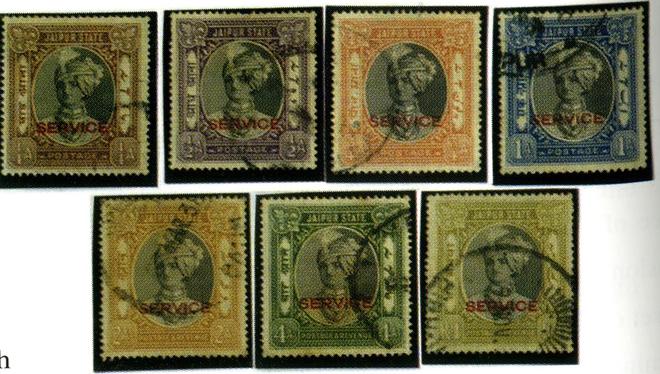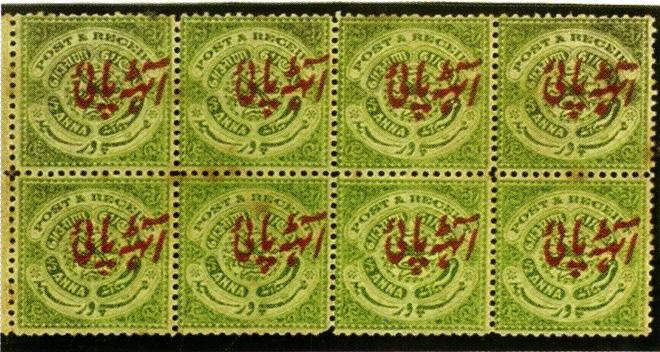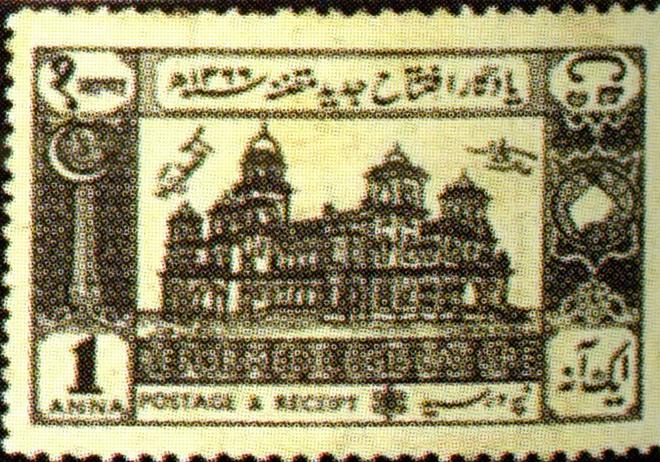
Despite India having over 550 princely States pre-Independence, not even 10% of the States had issued postage stamps. To be precise, only 43 States had come out with stamps, according to Rolands Nelson J, a Chennai-based veteran philatelist, who won the silver medal for his publication Princely States of India - A Philatelic Overview at the National Philatelic Exhibition in New Delhi a few months ago.

Pudukottai, the only princely State under the territorial limits of Tamil Nadu, did not issue any stamp, even though it had its own postal service. [Areas such as Kanniyakumari and Shencottah, though now parts of Tamil Nadu, were originally under the erstwhile Travancore princely State in the pre-Independence era], points out Mr. Nelson, who is also the senior vice-president of the South India Philatelists’ Association, Chennai.

Observing that Mysore too did not issue any stamps, Mr. Nelson says a perusal of the philatelic literature of the 1940s and 1950s reveals that though Mysore had brought out postcards with a postal service of its own, it was not allowed to issue stamps “for reasons not known.”
In his publication, which runs to nearly 275 pages, Mr. Nelson covers the stamps issued by princely States such as Alwar, Bhopal, Cochin, Gwalior, Hyderabad, Jaipur, Jammu and Kashmir (J and K), Patiala and Travancore. He has also given brief accounts of the history and geography of the States alongside maps. The author states that while J and K’s ruler, Maharaja Ranbir Singh, gave permission “reluctantly” to the British authorities in 1867 to run a seasonal Imperial post office in Srinagar (from April to October) for the convenience of European visitors, he had suspected that they had designs to gain a foothold in his territory.
The number of princely States that had released the stamps may appear to be small. But, Mr. Nelson says that when he began his study about 10 years ago, the impression that many collectors had was that only seven or eight of the States had issued the stamps. “So, there is enormous work that remains to be done in this area,” the philatelist observes.

As for the philatelic operations that the princely States had, he says, barring a few, many had local printers and their standards of printing were not on a par with those of British India stamps. “This was why the stamps of the princely States were often called uglies,” Mr. Nelson says. Notwithstanding such a description, the stamps’ philtatelic value was “very high”, and they all reflected the heritage and culture of each State, he adds.
Mr. Nelson, who retired as a Special Chief Engineer in the State Highways Department of Tamil Nadu 20 years ago and worked as a consultant with the Tamil Nadu Road Development Company till recently, is all for promoting the habit of collection of postage stamps among school children.
Emphasising that even amid digital domination in many spheres of life, stamps are still an effective visual and educational tool for children to understand the importance of history, he calls for strengthening the philatelic movement in schools and colleges; inclusion of a lesson or two on philately in the school syllabus; and focused attention to be paid by the Postal Department in the design and release of stamps.







